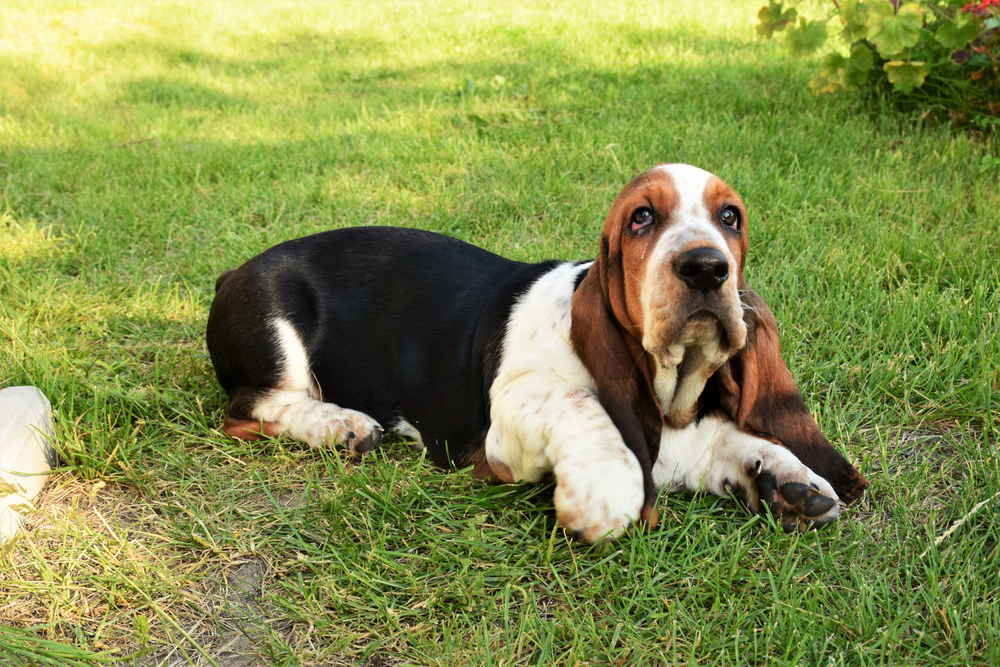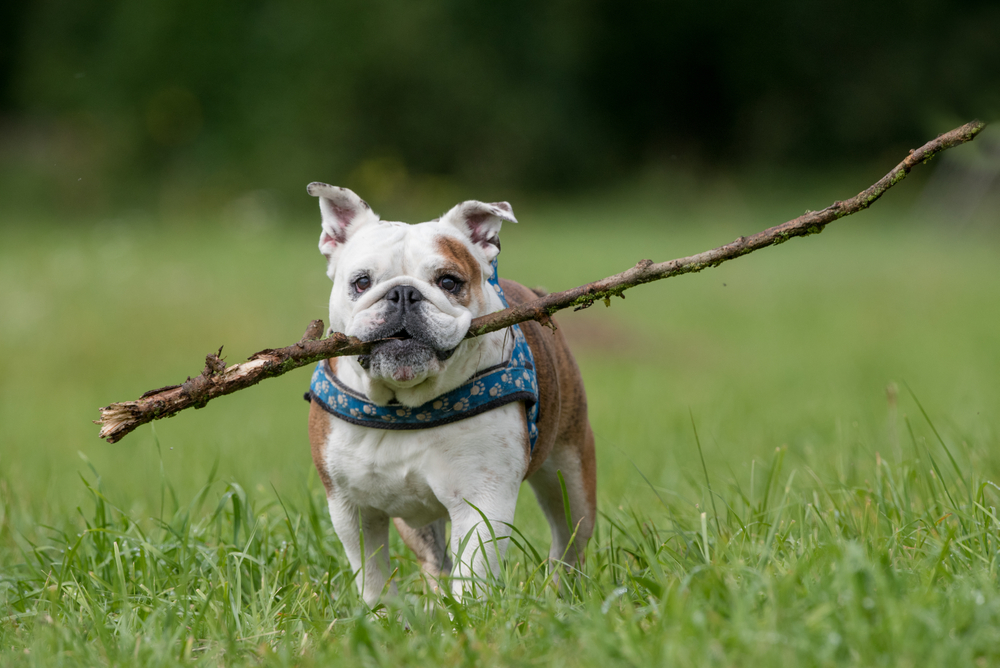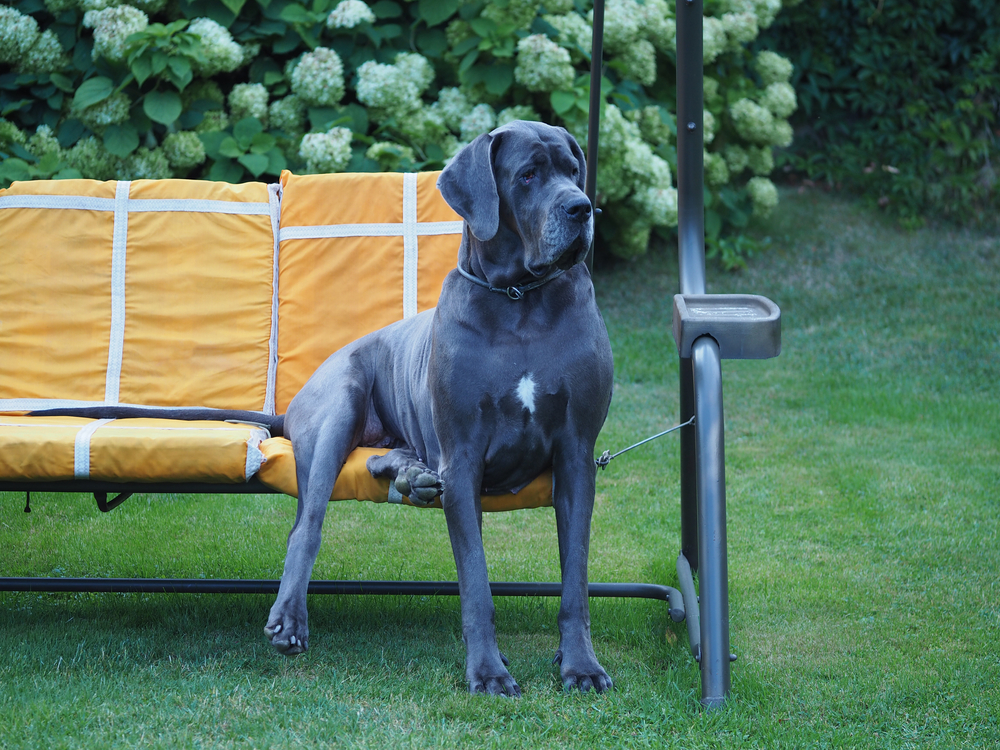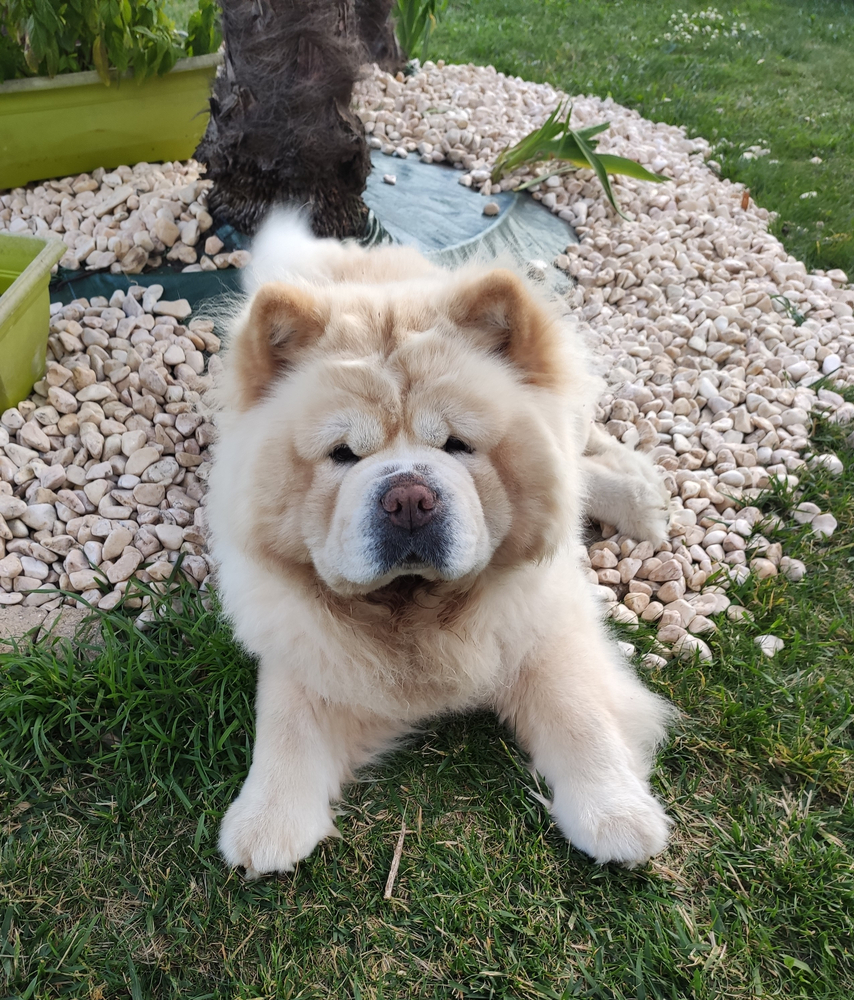Top 5 Least Active Dog Breeds
When researching a new dog, you’ll come across countless breeds. There seem to be temperaments for all types of dog owners out there. Here are the 5 least active dog breeds that may be best suited for those with a laid back lifestyle!
Basset Hound

Basset hounds are actually bred to be hunting dogs. Their noses are extremely powerful, and when they get on a scent, you will see them in their most active state. Basset hounds bursts of instinct-driven energy tend to be short-lived. Once they get their sniffs out of the way, they are actually quite lazy.
Hip and elbow dysplasia are common problems in Basset hounds. Prevent it by limiting their activity to playing interactive games and taking them casual walks. They need daily exercise but if you’re looking for a jogging partner, a Basset hound may not be the dog for you!
Basset hounds do well with mental stimulation as well. They are prone to be destructive when they get bored, so make sure you engage with them every day. They are also prone to obesity so, although they are less active than some dogs, they will still need a walk every day!
Havanese

The Havanese will get short bursts of energy during the day. They benefit from a nice walk or some interactive playtime once a day. Doing both will ensure a nice tired pup at the end of the day.
Training your Havanese is a great way to tire them out. Mental exercise for these dogs is recommended as they are very trainable and highly intelligent. They are great for loose-leash training as well.
Havanese are great dogs for apartment living. They tire easily and prefer to be cuddling with their owner on the couch. They also do well with those who have busy work schedules.
The size of your Havanese will affect how much exercise they need. The breed comes in a variety of sizes and the smaller the dog, the less activity they will require. Make sure you watch for signs of exhaustion when they are playing because they can overdo it.
English Bulldog

Looking at an English bulldog will tell you they are not built for intensive exercise. With their short noses and legs, and heavier set bodies, they are not well adapted to places with warmer climates. They easily overheat and struggle to regulate body temperature.
English bulldogs do not need long walks. They will do better with short, cool weathered walks and interactive play. They are energetic and intelligent, but they lack stamina. This makes them great candidates for puzzle games and indoor training exercises.
Due to their build, English bulldogs are prone to obesity. Obesity can lead to many other health issues so it is very important to keep your English bulldog on a proper diet. Be sure to consult with your vet about an ideal weight and feeding schedule. Their diets may differ from many other breeds due to their limitations in endurance exercise and their body type.
Another physical limitation you may notice with your English bulldog is swimming. Their short legs and heavy chests tend to make swimming difficult. Make sure you watch your dog very closely when near a body of water. It may be best to avoid taking them to places with deep moving water like rivers and oceans. They may enjoy lounging in a kitty pool, but it’s more to relax than to swim.
Great Dane

Great Danes are one of the largest breeds of dogs in existence. Due to their size, they are prone to health issues like hip dysplasia. Overworking them with too much intense exercise can make these health issues worse.
Originally bred for hunting, Great Danes do have some prey drive, especially as young dogs. However, once they are older they will prefer lounging with their owners over chasing squirrels in the yard.
Depending on their age, Great Danes will need about 30 to 60 minutes of exercise each day. As puppies, they may need a little more. Great Dane puppies grow at a very drastic rate so it is important not to overwork them. Puppies will do well with walks and mental exercise. Don’t allow them to run and rough house too much. High impact exercise is not recommended. As they age, their exercise needs will drop off drastically. As adults, Great Danes will do well with a nice, leisurely walk every day.
Training your Great Dane will benefit you both greatly. They are highly intelligent and will become destructive if they don’t get enough mental exercise. They also can easily pull you over if their prey drive isn’t kept in check. Great Danes do well with puzzle toys and training exercises that make them problem solve.
Chow Chow

Chow Chows are easy to spot with their purple tongues and fluffy lion-esque coats. Due to these dense coats, they tend not to do well in the heat. Be sure not to overwork your Chow Chow in warm weather.
Living in a home with a yard will suit a Chow Chow better than apartment life, although they can handle either. They enjoy having a little space to roam freely. Whether they have a yard or not, Chow Chows will do well with a few short walks, or one nice long walk each day.
Older pet owners may prefer a breed like the Chow Chow. Though they need daily exercise, they don’t need much. Training a Chow Chow can be fun and rewarding. It will tire them out and give dog owners a fun way to bond with their Chow Chow.
With such a thick coat, Chow Chows do better in cooler climates. If you live in a cooler climate you will be able to walk them and spend more time with them outdoors. If you live somewhere hot, they may be better off indoors and prefer to spend time there. They prefer a laid back household with plenty of cuddle time.
Maltese

The Maltese dog is a great indoor dog. They are lively and playful but dislike being dirty. This keeps them from being interested in outdoor activities that would be considered messy.
Older pet owners may enjoy the temperament of the Maltese. They like to learn new tricks and play interactive games. However, it is important to note that their grooming needs are on the higher side. They have long coats that require regular brushing.
Once a Maltese has had their playtime, they will prefer a quiet, calm household. They enjoy cuddling up on the couch with their owners and are great for people who are unable to live an active lifestyle.
All breeds of dogs need regular exercise to keep them healthy. However, some dogs do better with mild activity. People who live in apartments or those with busy work schedules may find a great companion in one of these breeds!
Source: SitStay.com

